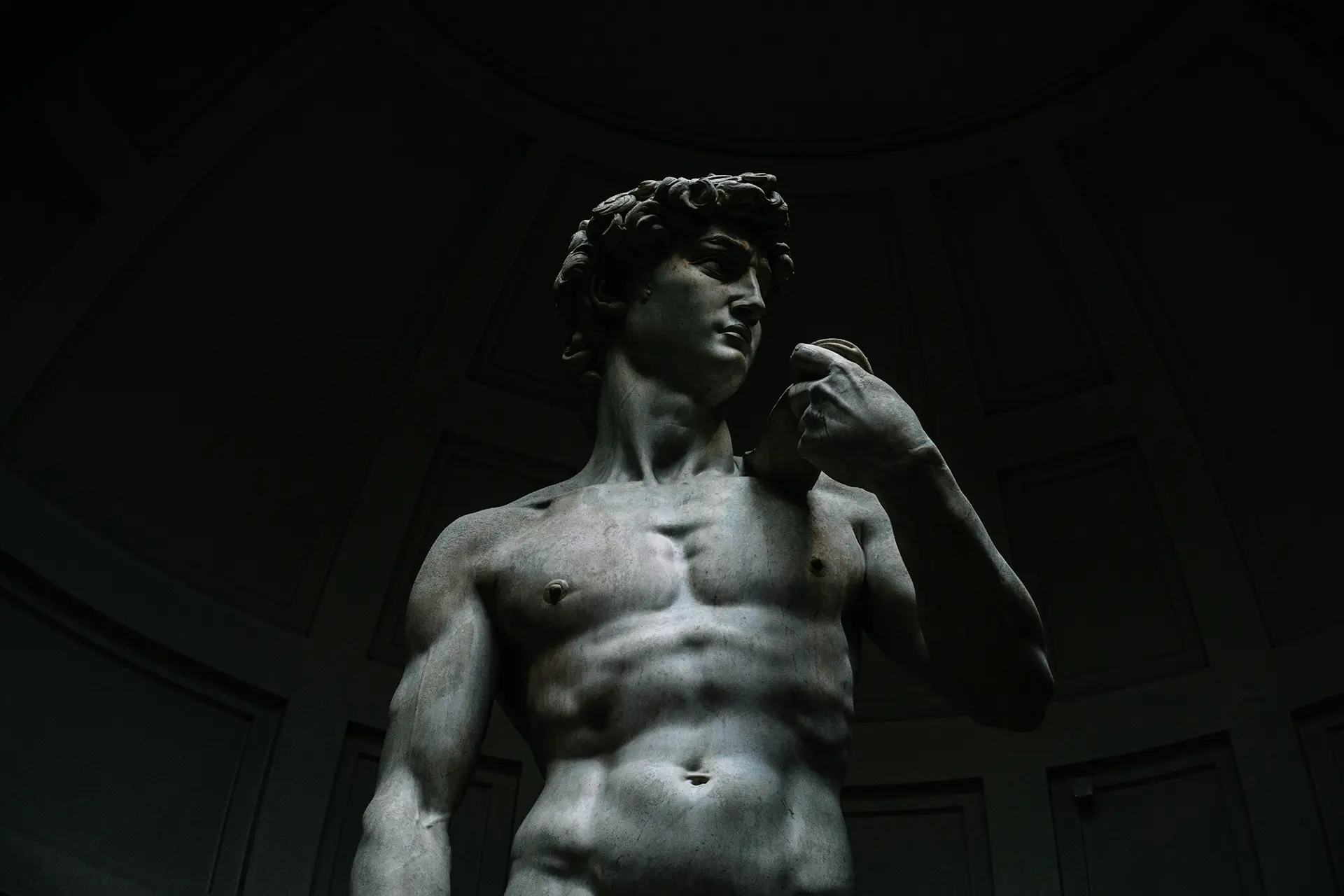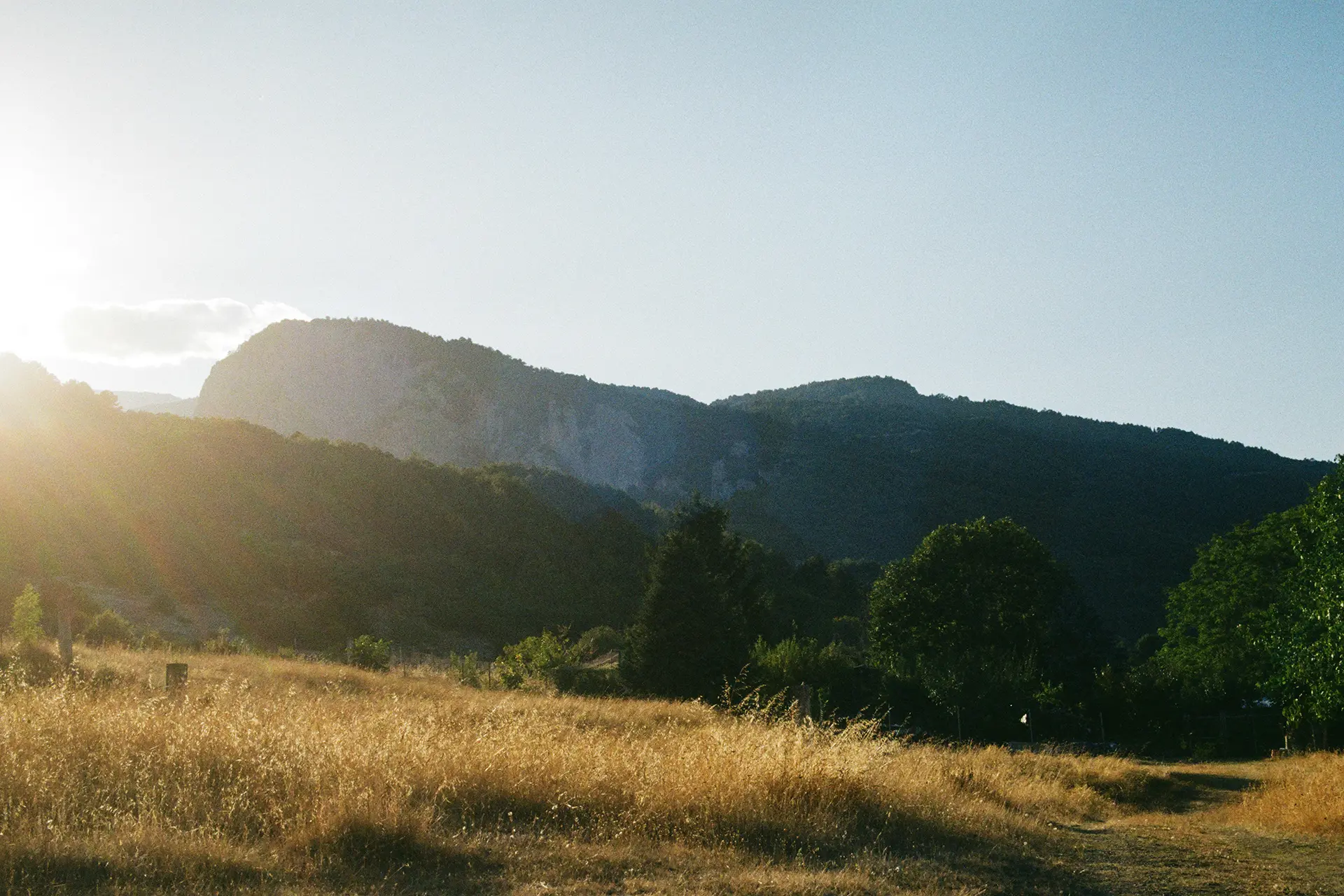
Discover the rich Easter gastronomy at Mount Olympus, featuring traditional dishes and time-honored culinary customs from northern Greece.
As spring breathes new life into the slopes of Mount Olympus, Easter emerges as one of the most cherished and festive times of the year. It’s not just a celebration of faith and rebirth—it’s also a season of rich culinary traditions passed down through generations. In the villages nestled around Greece’s most mythical mountain, Easter gastronomy becomes a vibrant expression of culture, community, and the land itself.
A Culinary Prelude to Resurrection
The lead-up to Easter, known as Lent, is a time of fasting, simplicity, and reflection. During this period, the table is filled with dishes that avoid meat and dairy—hearty legumes, seasonal greens, taramosalata (fish roe dip), and vegetable stews. But as Easter Sunday approaches, the mood shifts dramatically, and so does the menu.
Holy Saturday marks the first taste of celebration with magiritsa, a traditional soup made from lamb offal, fresh herbs, and lettuce. It’s a deeply symbolic dish, meant to ease the transition from fasting to feasting, and is often shared late at night after the Resurrection service.

The Star of the Table: Roasted Lamb
Come Easter Sunday, the heart of every family gathering is the roasted lamb—typically spit-roasted outdoors, seasoned with wild herbs, garlic, and lemon. In the Olympus region, many families still prepare the lamb using age-old techniques passed down through generations. The aroma of the meat, combined with the smoky scent of wood fires, fills entire neighborhoods and draws guests to the table with anticipation.
Accompanying the lamb are oven-roasted potatoes, seasonal greens such as horta, and tzatziki, the ever-refreshing yogurt and cucumber dip. These are flavors shaped by the mountain’s rich flora, clean air, and traditional agricultural practices.
Bread, Eggs, and Sweet Symbols
Easter wouldn’t be complete without the iconic tsoureki, the sweet braided bread infused with mahlepi, mastiha, and orange zest. Often topped with a red-dyed egg—a symbol of Christ’s resurrection—tsoureki is more than a dessert; it’s a sacred ritual baked into every home’s Easter celebration.
Red eggs also take center stage in a traditional game of cracking them against each other—a joyful custom that symbolizes renewal and good luck. These eggs are dyed on Holy Thursday and often displayed in baskets or woven into the tsoureki braid itself.

Local Specialties from the Olympus Region
While many Easter dishes are celebrated across Greece, Mount Olympus and the surrounding Pieria region offer their own local twists. One such delicacy is kokoretsi, a savory, spiced roulade made from lamb intestines wrapped around seasoned offal and roasted until crispy. It’s an acquired taste, but a beloved one among locals.
In the mountainous villages like Paleos Panteleimon or Petra, you may also find Easter pies filled with greens and cheese, and homemade wines or tsipouro shared in celebration. Everything is homemade, seasonal, and rooted in the rhythm of local life.
A Celebration of Togetherness
Perhaps what makes Easter gastronomy at Mount Olympus so special is not just the food itself, but the experience of sharing it. Families gather early, often extending invitations to neighbors and guests. Long tables are set outdoors, laughter echoes through the streets, and the hospitality is as warm as the spring sun.
In this way, Easter at Mount Olympus is a vivid tapestry of tradition, faith, and flavor. The meals are hearty, the symbols rich with meaning, and the memories—whether formed in a mountain home, a village courtyard, or beneath the budding trees of the lower slopes—are unforgettable.



